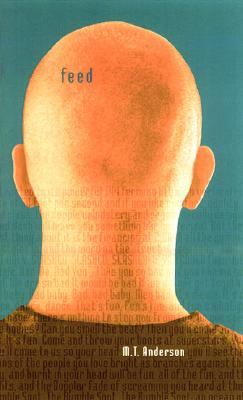Google’s Brave New World: The Feed Is Here
But the braggest thing about the feed, the thing that made it really big, is that it knows everything you want and hope for, sometimes before you even know what those things are. It can tell you how to get them, and help you make buying decisions that are hard. Everything we think and feel

